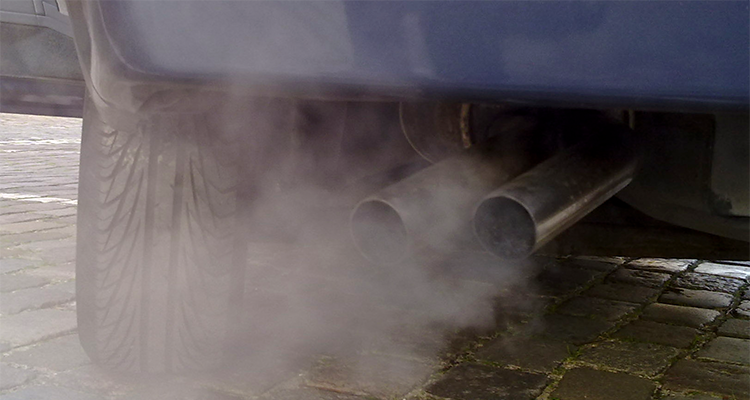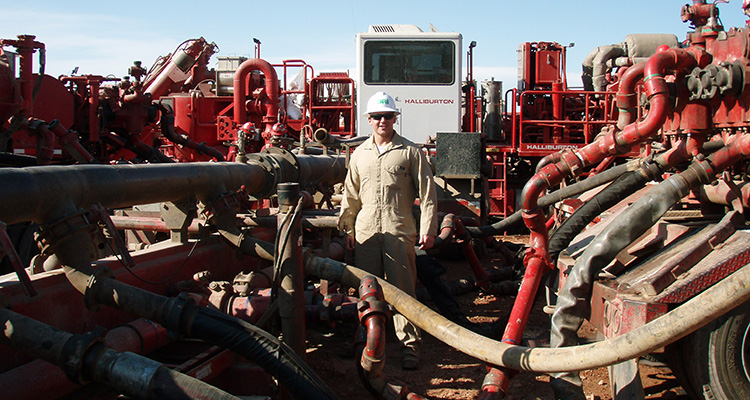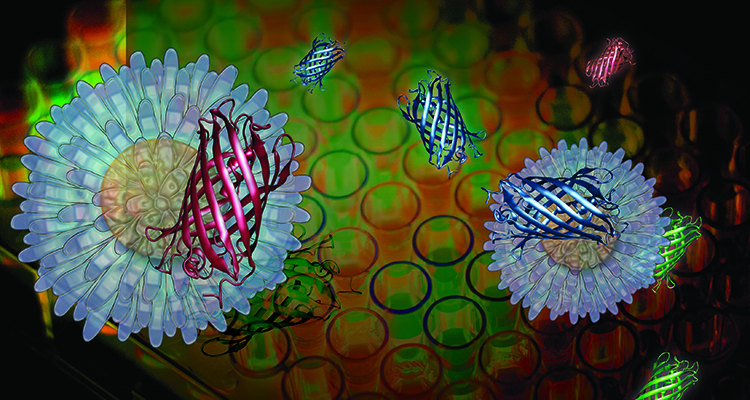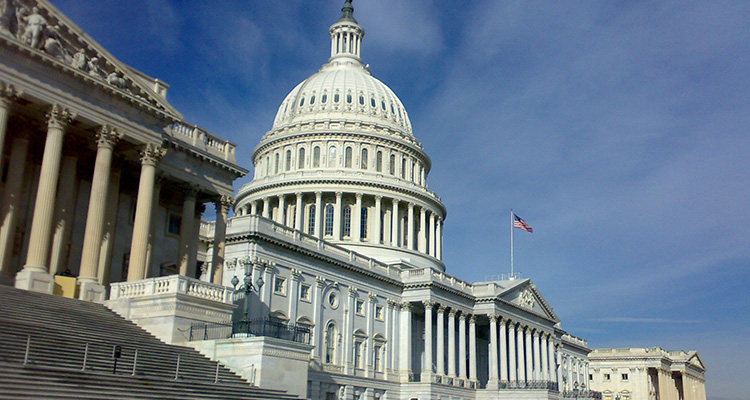
Welcome to the 2020 Science Archive
2020 Science started life in 2007 as a nanotechnology blog written by Andrew Maynard on SafeNano. In the following years it developed into a personal blog addressing emerging technologies, responsible innovation, risk, science communication, and the intersection between science and society more generally.
Andrew made he decision to wind the blog down in 2019 as his focus and writing developed in new directions. This archive contains most of the original posts (there have been occasional clean-ups of content). For more recent articles etc. please visit andrewmaynard.net. And thanks for visiting!
BROWSE THE ARCHIVE

Are you breathing carbon nanotubes, and should you be worried?
For over two decades, carbon nanotubes have been attracting attention. First, they were seen as a super-strong, super-conductive new form of carbon that could potentially revolutionize everything from space travel to drug delivery. Later, concerns were raised that...

Why do people read science blogs?
Why do people read science blogs? Surprisingly, we don't have a good answer to this. There's a vibrant online community of people blogging about science, and talking about blogging about science, and blogging about blogging and talking about science. But we don't...

New report on sustainable hydraulic fracking
Back in 2011 - while I was Director of the University of Michigan Risk Science Center - I was part of a larger team exploring the possibility of conducting a full-blown assessment of hydraulic fracturing (fracking) possibilities and pitfalls in Michigan. We were...

Microbeads: The science behind the risk
There's a new viewpoint article in the Journal Environmental Science and Technology that calls for a ban on the use of microbeads, based on available evidence, and that has been causing something of a stir. The authors argue that the number of microbeads being washed...

For tech innovation to succeed, we need parallel innovation in how we think about risk
In October 2014, Google announced it was working on an innovative nanotechnology-based approach to avoiding and managing disease. The idea was to create a pill that would deliver magnetic, functionalized nanoparticles from the gut to the bloodstream. Once there, they...

Small Acts of Kindness – Thank You Postcard Underground!
In this age of public outrage and social media shaming, small acts of private kindness sometimes don't seem to count for that much. Yet even though they may not have the social cachet of jumping on the hashtag du jour, to the individual who receives them, they can...

Can public engagement stunt academic careers?
As an academic, I take public engagement seriously. I see it as a responsibility that comes with the societally-sanctioned license to study the things that I'm passionate about. And I consider it a privilege to interact with others who can inform what I do as well...

Characterizing nanoparticles in the 1880’s
On May 29th, there were 52,000 nanoparticles per cubic centimeter of air measured at the top of the Eiffel Tower. This may not seem the most compelling opening to an article, until you realize that the measurement was made in 1889 – over 100 years before nanotechnology and nanoparticles began hitting headlines as one of the most talked about emerging technologies in recent decades. The particles were measured by the Scottish scientist John Aitken, using his newly developed device for counting airborne dust particles.

Politics don’t always play a role in attitudes toward science issues
Comments provided for GENeS on the launch of the Pew Research Center attitudes survey on Americans, Politics and Science Issues (July 1 2015) Political leanings are frequently associated with attitudes toward science and technology in the U.S. Yet as the most recent...

Should indoor tanning be banned?
Just how dangerous is indoor tanning? A couple of weeks ago, colleagues from the University of Michigan published an article with a rather stark recommendation: an immediate age limited ban on indoor tanning in all U.S. states, followed by a five-year phase-in ban for all commercial tanning.
